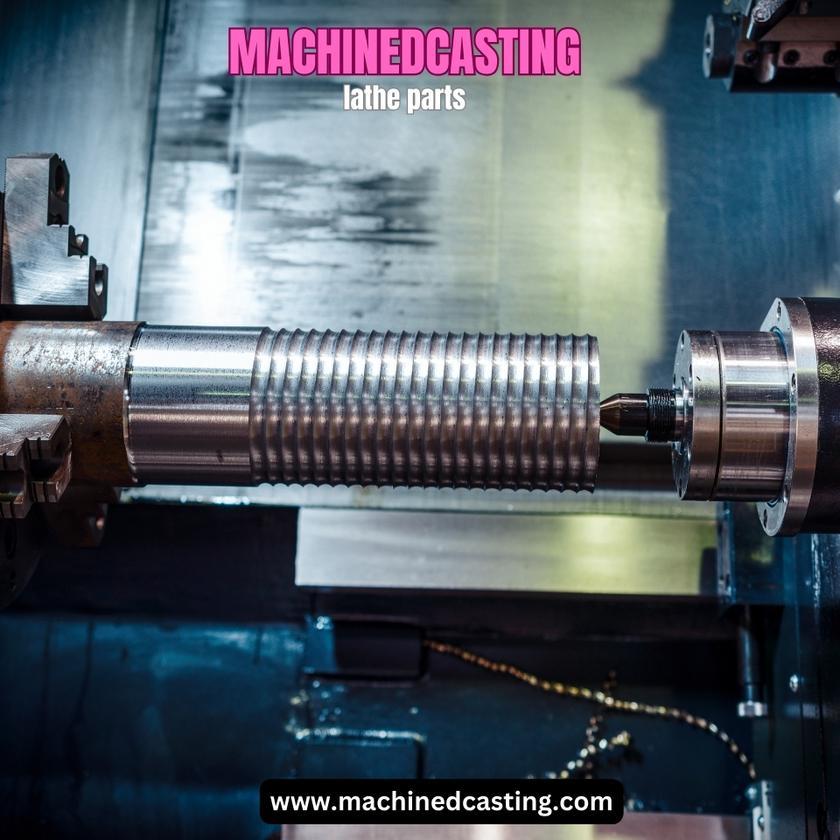The lathe parts is a versatile and essential tool in machining and woodworking, used for shaping, cutting, drilling, and sanding various materials. Understanding the different parts of a lathe is crucial for its effective operation and maintenance. In this guide, we'll delve into the intricate components of a lathe parts, exploring their functions and how they contribute to the overall performance of the machine.
-
Bed: The bed is the foundation of the lathe, typically made of cast iron to provide stability and support. It serves as the base on which all other components are mounted, ensuring precise alignment and rigidity during operation.
-
Headstock: Located at one end of the bed, the headstock houses the spindle, which rotates the workpiece. It also contains gearing mechanisms for controlling spindle speed and may feature a chuck or collet for securing the workpiece.
-
Tailstock: Situated at the opposite end of the bed, the tailstock serves as a support for the other end of the workpiece. It can be adjusted along the bed's length to accommodate different workpiece lengths and may include a spindle for drilling or centering operations.
-
Carriage: The carriage is mounted on the bed and holds the cutting tool, allowing it to move along the length of the bed and across the workpiece for turning and facing operations. It consists of a saddle, cross-slide, and tool post for precise tool positioning.
-
Apron: The apron is attached to the carriage and houses mechanisms for controlling the movement of the carriage and engaging the feed mechanisms. It typically contains gears, levers, and handwheels for adjusting feed rates and direction.
-
Chuck or Faceplate: These are devices used for securing the workpiece to the spindle. Chucks grip the workpiece internally or externally, while faceplates provide a flat surface for mounting irregularly shaped workpieces.
-
Tool Rest: In woodworking lathes, the tool rest is a support for the cutting tool, allowing for precise shaping and smoothing of the workpiece. It can be adjusted in height and distance from the workpiece to accommodate different cutting depths.
Conclusion: Mastering the intricacies of lathe parts is essential for achieving precision and efficiency in machining and woodworking tasks. By understanding the functions and interactions of each component, operators can maximize the capabilities of the lathe and produce high-quality workpieces with ease.


